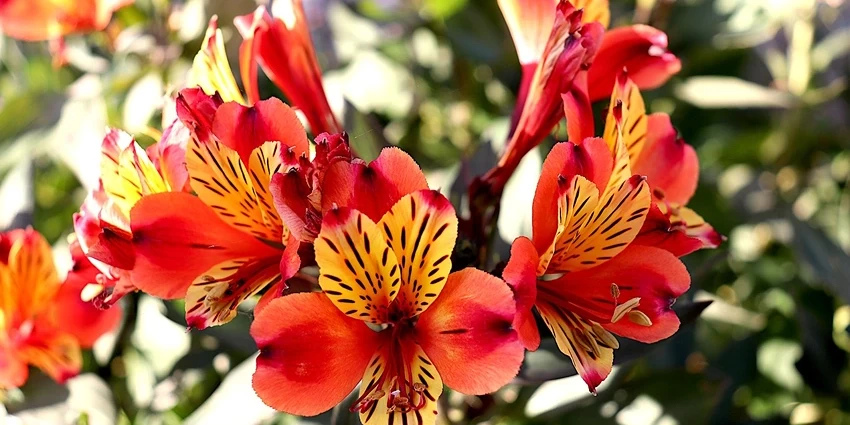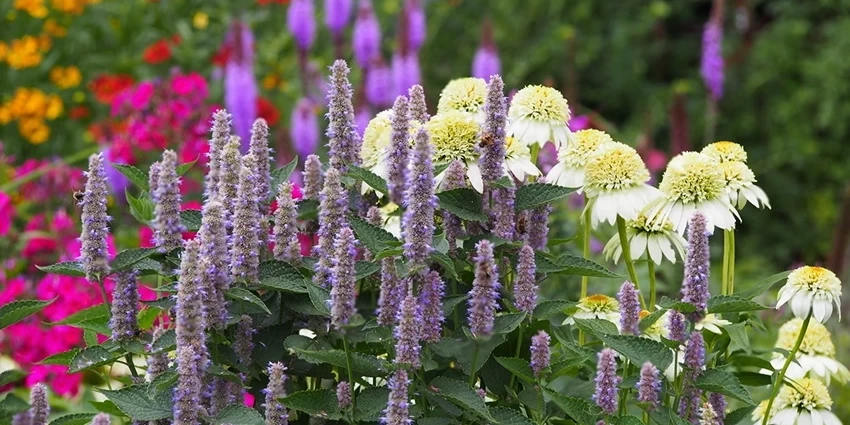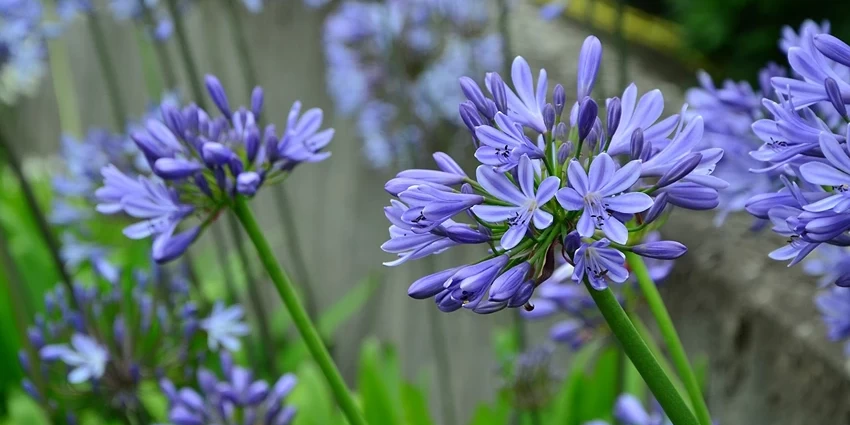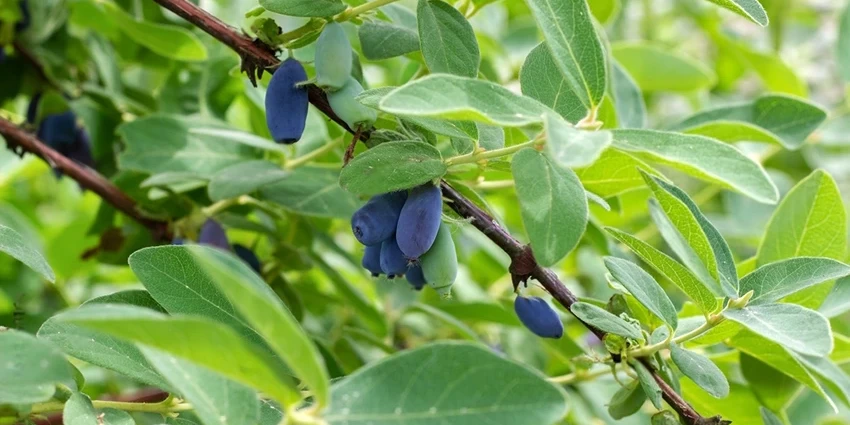All products were chosen independently by our editorial team. This review contains affiliate links and we may receive a commission for purchases made. Please read our affiliates FAQ page to find out more.
Home » How to » Grow Plants » How to grow Honesty Plant
Are you ready to embark on a green journey in your garden? If you’re looking to cultivate plants that not only beautify your surroundings but also add a touch of intrigue, then you’ve come to the right place. In this guide, we’ll dive deep into the art of growing honest plants – a unique and captivating addition to any garden. Whether you’re an experienced gardener or just starting, you’ll find valuable insights and tips in this article.
How to grow Honesty Plant
To grow the Honesty Plant, sow seeds in well-drained soil during spring or autumn. Choose a sunny or partially shaded location. Water regularly and provide support as it grows, as the plant can reach heights of up to three feet. The Honesty Plant, known for its translucent seed pods, adds a touch of elegance to gardens and is a resilient addition to the British landscape.
Register for our latest in-depth reviews and product round-ups from the experts.
Enter your email address below to receive our monthly review emails.
By entering your details, you are agreeing to our terms and conditions and privacy policy. You can unsubscribe at any time.
Now, let’s roll up our sleeves and dig into the fascinating world of honesty plants.
Getting Started: The Honesty Plant Introduction
Honesty plants, scientifically known as Lunaria annua, have an allure that goes beyond their elegant appearance. Also referred to as “silver dollar plants” due to their unique seed pods, these garden wonders are much more than mere eye candy.

Table 1: Honest Plant Quick Facts
| Fact | Information |
| Scientific Name | Lunaria annua |
| Common Names | Silver dollar plant, honesty plant |
| Plant Type | Biennial or perennial |
| Height | 2 to 3 feet (60 to 90 cm) |
| Sunlight Requirements | Full sun to partial shade |
| Soil Type | Well-drained soil, moderately fertile |
| Flower Color | Purple or white |
| USDA Hardiness Zones | 4 to 8 |
| Wildlife Interaction | Attracts pollinators and beneficial insects |
| Seasonal Care | Winter protection and summer shade recommended |
The Magic of Honesty Plants
What makes honesty plants truly enchanting is their unique seed pods. As the plant matures, it produces disc-shaped, translucent seed pods that resemble silver coins. These “honest” pods, when dried and opened, reveal shiny seeds inside, making them a popular choice for dried flower arrangements.
But it’s not just their aesthetics that make honesty plants special. These plants play a valuable role in both ornamental gardening and ecology. Here’s a closer look at why you should consider adding them to your garden:
- Ornamental Value: Honesty plants add a touch of elegance to your garden with their delicate purple or white flowers and distinctive seed pods.
- Dried Flower Arrangements: The translucent seed pods are often used in dried flower arrangements, making them a unique addition to floral crafts.
- Wildlife Attraction: Honesty plants attract pollinators like bees and butterflies, contributing to the health of your garden ecosystem.
- Low Maintenance: They are relatively easy to grow and require minimal maintenance, making them suitable for both novice and experienced gardeners. For those who enjoy outdoor cooking, finding the best charcoal BBQ can enhance your garden experience.
Planting the Honesty Plant: Step by Step
Planting honesty plants is a rewarding experience, and it all starts with selecting the right location and preparing the soil. Here’s a step-by-step guide to get you started:
Table 2: Planting Honest Plants – Step by Step
| Step | Description |
| Step 1: Location | Choose a sunny to partially shaded spot in your garden for planting honesty plants. |
| Step 2: Soil | Ensure the soil is well-drained and moderately fertile. |
| Step 3: Seeds | Sow the honesty plant seeds directly in the prepared soil. |
| Step 4: Depth | Plant the seeds at a depth of approximately 1/4 inch (0.6 cm). |
| Step 5: Water | Water the newly planted seeds gently to moisten the soil. |
In cultivating Honesty Plant (Lunaria annua), a garden hand trowel becomes an invaluable tool for preparing the soil and planting seeds at just the right depth, ensuring a successful bloom. Click here to read more about garden hand trowels.
Watering and Moisture: Keeping Honesty Plants Hydrated
Proper watering is essential for the health and vitality of honesty plants. These plants have specific moisture needs that you should be aware of to ensure their well-being.
Table 3: Honesty Plant Watering Guidelines
| Watering Frequency | Description |
| Initial Watering | After planting, provide a thorough watering to help seeds establish in the soil. |
| Regular Watering | Maintain even soil moisture throughout the growing season. |
| Avoid Overwatering | Ensure the soil is well-drained to prevent root rot. |
| Drought Tolerance | Honesty plants can tolerate short periods of drought once established. |
Sunlight and Shade: Honesty Plant’s Light Preferences
Understanding the sunlight requirements of honesty plants is crucial for their successful growth. These plants can adapt to different light conditions, but there are some considerations to keep in mind.
Table 4: Sunlight Preferences for Honesty Plants
| Sunlight Conditions | Description |
| Full Sun | Honesty plants thrive in full sun, receiving at least 6 hours of direct sunlight daily. |
| Partial Shade | They can also tolerate partial shade, making them suitable for gardens with varying light conditions. |
| Shade Protection | Provide shade during extreme heat to prevent stress on the plants and protect them from scorching sun. |
Soil and Fertilization: Nutrient Requirements
Honesty plants have specific soil preferences, and ensuring the right soil composition is crucial for their growth and development.
Table 5: Soil Requirements for Honesty Plants
| Soil Type | Description |
| Well-Drained | Choose well-drained soil to prevent waterlogged roots. |
| Moderately Fertile | Honesty plants prefer soil with moderate fertility. |
| Organic Matter | Adding organic matter can improve soil quality for these plants. |
In terms of fertilization, honesty plants generally don’t require heavy feeding. However, a balanced, all-purpose fertilizer can be applied in the spring to support their growth.
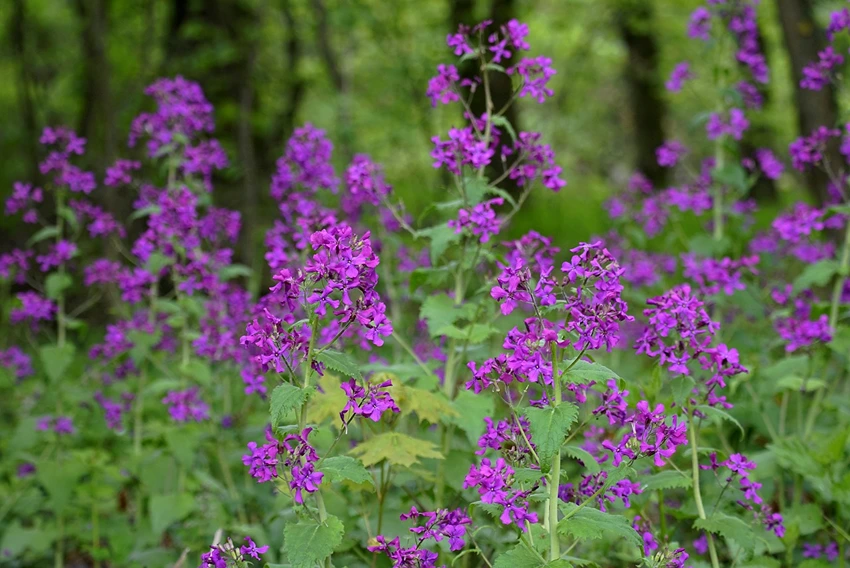
Pruning and Maintenance: Honesty Plant Care
Maintaining honesty plants is relatively straightforward, but some care practices can help them thrive and remain healthy.
Table 6: Honesty Plant Maintenance Tips
| Maintenance Task | Description |
| Deadheading | Remove spent flowers to encourage continuous blooming and seed pod development. |
| Pruning | Prune back the plants in late summer or fall to control their size and shape. |
| Weed Control | Keep the area around honesty plants weed-free to prevent competition for nutrients and water. |
| Mulching | Apply mulch to conserve soil moisture and regulate soil temperature. |
Common Pests and Diseases: Protecting Your Honesty Plants
While honesty plants are generally low-maintenance, they are not immune to common garden pests and diseases. Being aware of potential issues and taking proactive measures can help keep your plants
Honesty Plant Varieties: A World of Diversity
Honesty plants, with their charming purple or white flowers and distinctive seed pods, come in various varieties. Each variety has its unique characteristics and charm, making them a delightful addition to any garden.
Table 7: Honesty Plant Varieties
| Variety | Characteristics |
| Lunaria annua | Common silver dollar plant with translucent seed pods. |
| Lunaria rediviva | Perennial variety known for its long-lasting flowers. |
| Lunaria annua ‘Variegata’ | Variegated foliage adds visual interest to the garden. |
| Lunaria annua ‘Alba’ | White-flowered variety for a pure and elegant look. |
Seasonal Care: Keeping Your Honesty Plants Thriving Year-Round
Honesty plants, like any other garden residents, require seasonal care to ensure their health and longevity. Here are some seasonal care tips to keep your honesty plants in top shape:
Table 8: Seasonal Care Tips for Honesty Plants
| Season | Care Tips |
| Spring | – Fertilize with a balanced, all-purpose fertilizer. |
| – Watch for pests and apply preventive measures if necessary. | |
| Summer | – Provide shade during extreme heat to prevent stress. |
| – Deadhead spent flowers to encourage continuous blooming. | |
| Fall | – Prune back the plants to control size and shape. |
| – Harvest dried seed pods for decorative use. | |
| Winter | – Protect from freezing temperatures and provide winter shade. |
Honesty Plant and Wildlife: An Ecological Connection
Your garden is not just a visual delight; it’s also a habitat for various wildlife. Honesty plants play a role in attracting and supporting beneficial creatures, creating an ecological balance in your outdoor space.
Table 9: Honesty Plants and Wildlife Interaction
| Wildlife | Interaction |
| Bees and Butterflies | Attract pollinators like bees and butterflies with their flowers. |
| Beneficial Insects | Provide a food source for beneficial insects that help control garden pests. |
Additional Tips for Honesty Plant Success
While we’ve covered various aspects of honesty plant care, here are some additional tips to ensure your gardening journey with these unique plants is a resounding success:
Table 10: Additional Honesty Plant Tips
| Tip | Description |
| Mulching | Apply mulch around the base of honesty plants to conserve soil moisture. |
| Companion Planting | Pair honesty plants with other pollinator-friendly flowers in your garden. |
| Eco-Friendly Gardening | Embrace eco-friendly gardening practices to create a sustainable garden. |
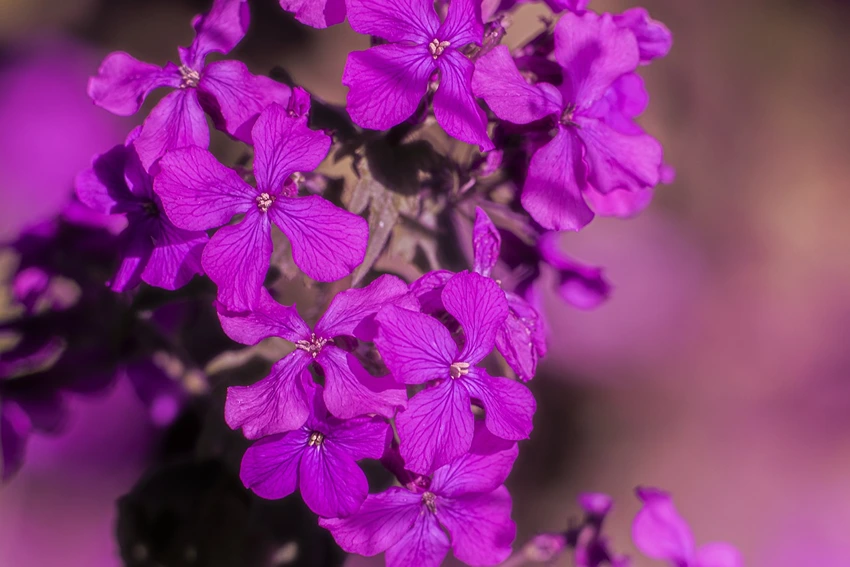
Frequently Asked Questions (FAQs)
As promised, here’s a collection of frequently asked questions (FAQs) related to honesty plants. These questions are based on common inquiries from garden enthusiasts like yourself:
Yes, honesty plants are relatively easy to grow and are suitable for novice gardeners.
While they prefer consistent moisture, honesty plants can tolerate short periods of drought once established.
Honesty plant seed pods can be dried and used in various crafts, such as wreaths and floral arrangements.
Yes, the flowers of honesty plants attract pollinators like bees and butterflies, as well as beneficial insects.
Late summer or fall is the ideal time to prune honesty plants to control their size and shape.
Honesty plants may require protection from freezing temperatures during the winter months.
Eleanor is the quintessential spirit of the British gardener — passionate, dedicated, and endlessly curious about the natural world. Born and raised amidst the verdant landscapes of the Cotswolds, she developed an early love for the outdoors, often spending hours in the family garden with her hands buried in the soil, nurturing every type of plant she could find.



